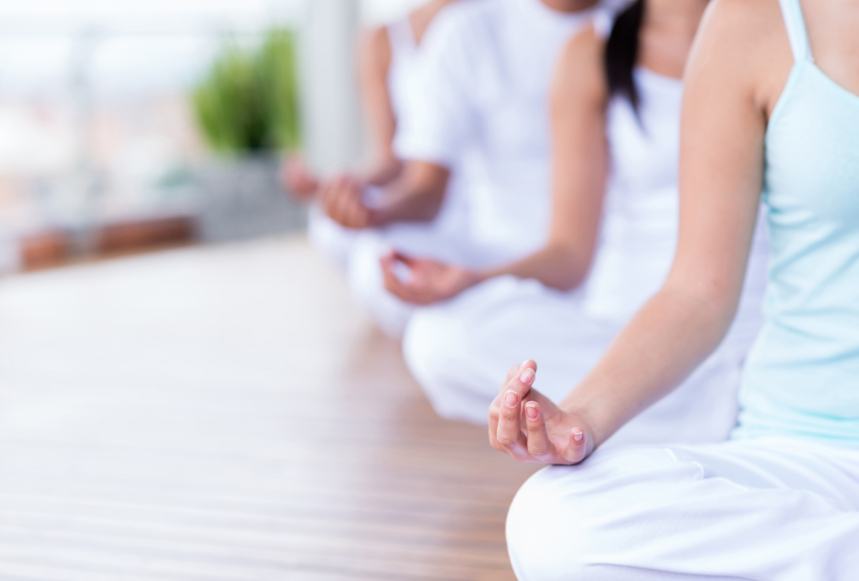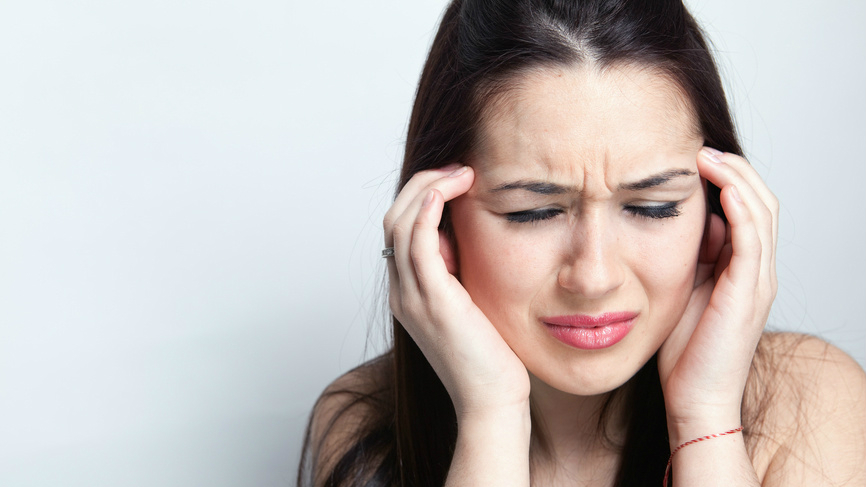There’s no doubt, our pets are some pretty amazing creatures. After a long day, you can always count on them to greet you with a warm heart and a cold nose. Having a pet has been shown to help with many things, from lowering blood pressure to detecting changes in blood sugar levels. So, it only makes sense that pets may be able to help those who suffer from migraines as well. If you are one of the more than 37 million Americans that suffer from migraines, here are some of the possible benefits of having a furry friend.
Chemical Change
The same way pets can help with depression and anxiety, whenever you interact with a furry or feathered companion it causes oxytocin to be released. This same chemical that is generated at childbirth can have a variety of positive effects. Due to the many benefits of an animal’s presence, researchers have looked into other areas like behavioral, mental, and heart-related issues.
Great Company
Dogs and cats can form strong bonds with their owners. When someone is suffering from a migraine, rather than spending long hours in a dark room alone, their pet can offer relief through keeping them company. This companionship has the potential to improve a migraine sufferer’s outlook and daily life. It’s no wonder why large luxury dog beds are such a common buy for pet owners, they want to reciprocate the comfort that they give to them.
Welcome Distraction
Oftentimes when we are suffering from pain, sadness, or any kind of discomfort, a distraction can help put our focus on something other than what’s bothering us. When pet owners focus their attention on their pet, it may help alleviate some of the pain of a migraine. Whether it’s simply petting them to calm yourself, or watching them play, their ability to distract and bring joy are great. The socialization and affection we get from these animals are great as well; pets can help prevent a migraine sufferer from feeling alone, offering comfort as they battle chronic migraine pain.
Positive Outlook
Caring for a pet can offer a sense of purpose as they are a responsibility. No one can deny that it is great fun to watch the Blue Buffalo YouTube channel and learn new tricks for pets and owners alike. When someone suffers from chronic pain, it can become difficult to get motivated to get up and moving. Having to get up to feed, walk, or interact with a pet helps give migraine sufferers the mobility they need to keep muscles and tissues conditioned, and can improve circulation, joint health, and more.
Each individual who struggles with migraines is different. Pets may not be a good fit for everyone, but if you’re an animal lover, the list of benefits is quite substantial. Be sure to read our 3 Pill-less Remedies for Migraine Headaches blog post for other ways you can manage migraines.
To learn more about clinical research for migraines and other topics, click HERE or call us directly at 817-281-4156.





 In today’s world, it can be very difficult to eat right, focus on your dietary intake and live an overall healthy life. Unfortunately, this can be tied directly into the
In today’s world, it can be very difficult to eat right, focus on your dietary intake and live an overall healthy life. Unfortunately, this can be tied directly into the  More than
More than 